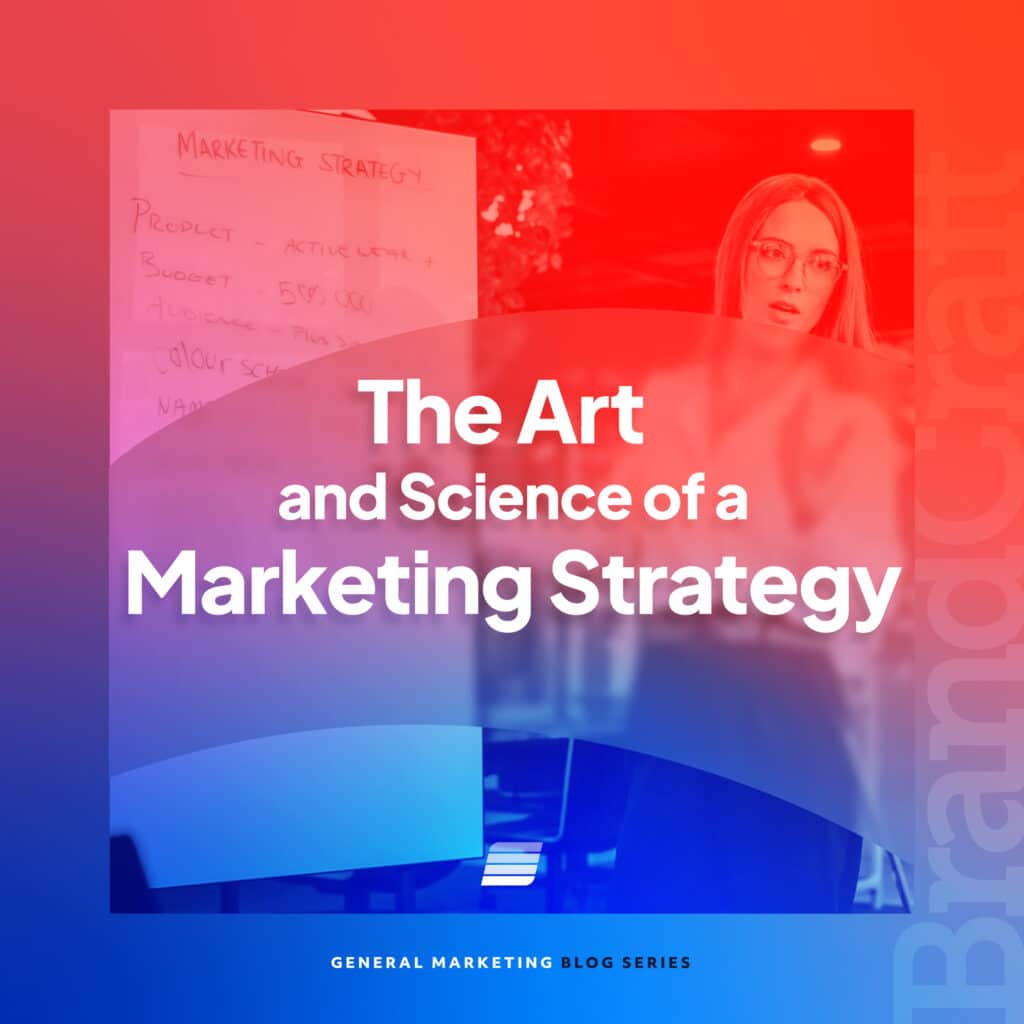Setting Business Goals – forget SEO, Social Media, or Web Goals
October 1, 2013
We get a lot of questions from clients who ask about specific parts of their digital marketing campaigns they want to make improvements upon. Typically, they want higher rankings on search or “more traffic”. Of course, we always ask “what is the goal?”. What we really want to know is: What are your specific business goals you want to achieve with these improvements? Without defined business goals that we can act on, suggest improvements, and measure results – we can’t be effective. So, I ask you, what are you’re business goals for the next 12 months?
Setting goals is a business strategy, not a simple website or social media strategy and those goals are formed by management of your company. If you are a small business owner, you could be the one making those decisions and also the one in charge of marketing. For others in a corporate environment, those goals may get passed down from others. Identifying specific, measurable and attainable goals is the first step in formulating a strategy to implement those goals.
For Search, Social Media, and Digital Advertising, the level of success can only be measured against those business goals that are specific, measurable and attainable. Simply wishing for “more sales in 12 months” isn’t specific enough, although it may be attainable. When a client comes to us and says “we want more hits on our website”, they may be right. But, what kind of traffic do you want? What do you want a potential customer to do when they get to your site? Let’s look at a scenario below and see how we might help a dentist create a strategy.
Dentist Marketing Example
Business Goals
- Create more referrals from our existing clients (measurable)
- Increase cosmetic procedure “x” visits in the next 12 months. (measurable)
- Increase regular visits from established clients. (measurable)
Potential strategy ( varies by client )
- Increase awareness of referral program or create one. We like to ask our clients what a referral is worth. For a dentist it may be worth $3,000 to $5,000 for that life of that client. With that knowledge you can judge how much the referral program is worth. Maybe that $10 Starbucks gift card isn’t incentive enough. Educate staff on front desk employees on the benefits of the program and be sure each client is notified when they are in the office. Use social media to increase awareness of the program benefits.
- To increase cosmetic procedure “x” we may want to know more about the demographics. If it is mostly women, that may affect the marketing channels and ad copy. Digital advertising through Google adwords may increase exposure for those looking for procedure. A social media campaign works good for current customers, but may not entice potential customers. Create a great landing page for that procedure on your website that touts the benefits of the procedure and make sure it has good Search Engine Optimization.
- To increase regular visits from established clients we may choose to use the email list and provide an email marketing campaign to remind clients of the importance of regular visits. You may also provide those regular clients with certain days or times when they can get a “special” of some kind.
Of course this is off the cuff and varies by client, but you get the picture. If a dentist contacts us wants “more action”, we can’t really help without more information.
What can you do?
First, define some measurable goals for the next 12 months.
Are they measurable and attainable within that time frame? Biting off small pieces of your overall goals will help focus specific campaigns that are more effective and cost you less in the long run. Create more than one and be diverse.
Second, determine how you plan to measure the goals (what are the performance indicators).
If you can’t figure out how to measure your goal, chances are you won’t be able to market it well either.
Third, develop a strategy to meet your goals.
Be creative in finding ways to meet your goals using the most direct route possible. Advertising next to 50 other businesses in the yellow pages doesn’t differentiate and isn’t nimble, you need to act fast and implement the strategy. Be ready to revisit this strategy if you find it isn’t working after a set time period.
Four – Execute the plan.
You may need to buy advertising, create a new webpage, initial an email marketing campaign or create engaging marketing speak to use on social media. No matter what, stick to the strategy long enough to make an educated decision based on your performance indicators.
Five – Analyze performance indicators.
The hard work is done, now lets review the results and determine if the strategy is working. If not, back to step 3 to develop a new strategy. Be sure to develop a time period in your strategy before making quick changes to a campaign. Some execution takes a while to season and start producing noticable results (6 months can be a good start, 3 months minimum but this can vary by the type of campain).

These are the same basic steps we go through, although sometimes in much more detail, when we review a clients plan for digital advertising and marketing goals.
If you need help, feel free to contact us.
It is important to realize that digital marketing isn’t a departure from your business and marketing goals that exist in your traditional marketing. The goals defined (if they are) should be the same business goals that you have determined in general business management. A BrandCraft Media we develop a digital marketing campaign that aims to increase success in meeting your business goals using specific measurable goals with a strategy and execution that will allow for analysis of those goals.







